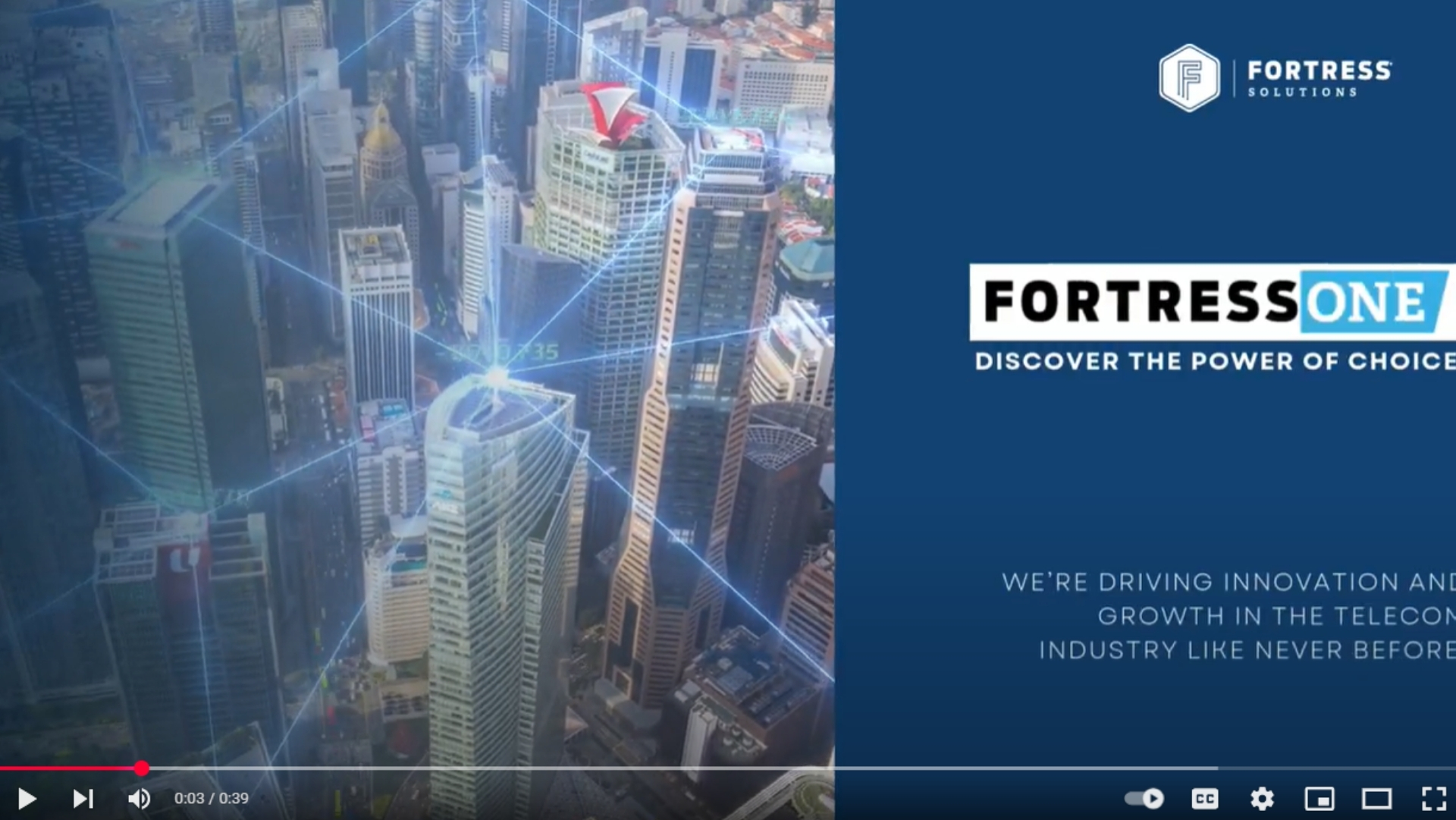Wireless Communication History
As technology continues to advance and the abilities of wireless networks expand, including Fortress’ wireless network services, you may wonder what the differences are between each type of network and how these networks came to be. We provide a quick review below.
In the year 1895, Guglielmo Marconi successfully received Morse code on a radio wave that was able to be transmitted via a spark-gap transmitter and a receiver from approximately 1.5 miles away. This experiment was able to highlight the principal concept and basics of how wireless communication continues to work to this day. In this type of wireless communication, the spark-gap transmitter was able to send the necessary information by superimposing it on a carrier wave where the receiver then receives the information by extracting it from said carrier wave.
After this amazing discovery and successful demonstration of basic wireless communication, researchers began to advance this type of communication for military use and broadcasting. Wireless communication as we think of it today started to be used in the 1980s in mobile phones and other mobile devices. Now, wireless communication technologies are constantly improving and developing in many fields of industry. At Fortress, we offer various types of these services including private wireless using Citizen Broadband Radio Service (CBRS) that is used within smart cities, vehicles, devices, and more.
Emerging Private Wireless
Today, private wireless networks and more specifically, 5G private wireless networks, are the next big thing. Private wireless networks provide wireless broadband connectivity, and they require many of the same elements as public networks. However, unlike a public network, private wireless networks are owned and operated by the company/organization that designed or bought the network. One source suggests that the majority of utility network communication needs work best under private networks, but that public networks are essential in augmenting private networks. Ultimately, it could be beneficial in many cases to utilize both private and public networks together for the best results.
To work properly, all private wireless networks need spectrum. There are two ways that it can use spectrum:
- The network can use unlicensed spectrum, like the GAA tier of the Citizens Broadband Radio Service (CBRS) band.
- The network can run on the company/organization’s spectrum that creates and operates the private wireless network.
Two more requirements for a private network to run smoothly are core and SIM cards. A core can either be:
- Commodity hardware that uses open-source software,
- Proprietary equipment from a vendor or,
- Disaggregated hardware and software from vendors.
Within the core software there is a database of subscribers and subscriber identity module (SIM) card management. These SIM cards need to be activated so the controllers of the private network can control how users connect and who is allowed to connect.
Private wireless networks offer many benefits:
- Network traffic doesn’t need to be sent back and forth to another core network in another location. All of the network traffic stays on-premise, which leads to improved privacy and security, speed, and latency.
- Better control, no monthly fees, they are more customizable compared to public networks, and the technology is proven.
Fortress is working on continually expanding the realm of our private wireless services. We provide seamless broadband connectivity using our 30+ years of network knowledge. We offer Citizen Broadband Radio Service (CBRS), which is a wide broadcast band of 150MHz out of the 3.5 GHz band in the U.S., as well as private wireless for smart cities, vehicles, devices, and more.
To learn more about how Fortress can help you expand your potential in the digital realm with private wireless networks, click here.

























